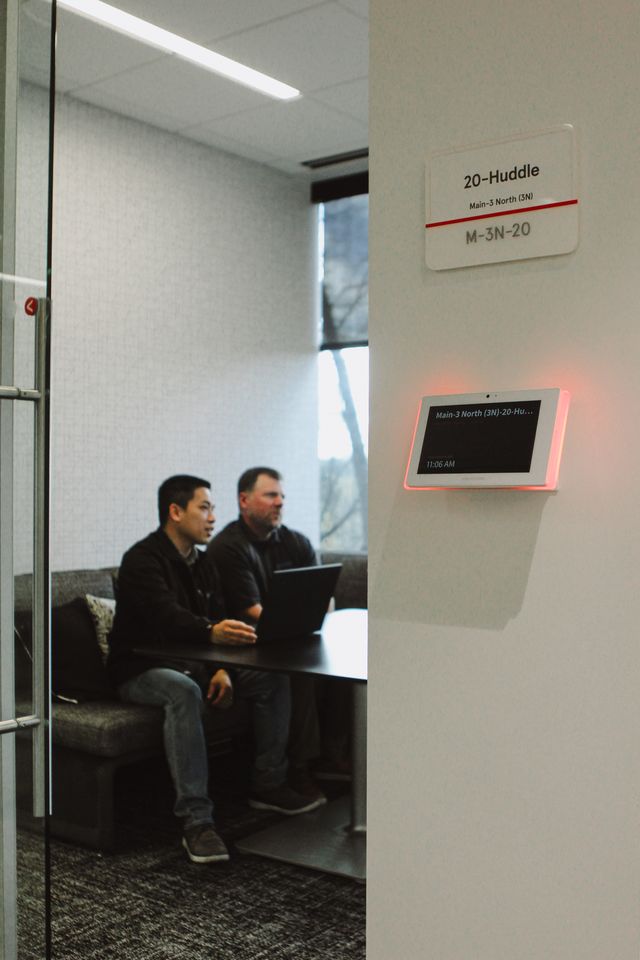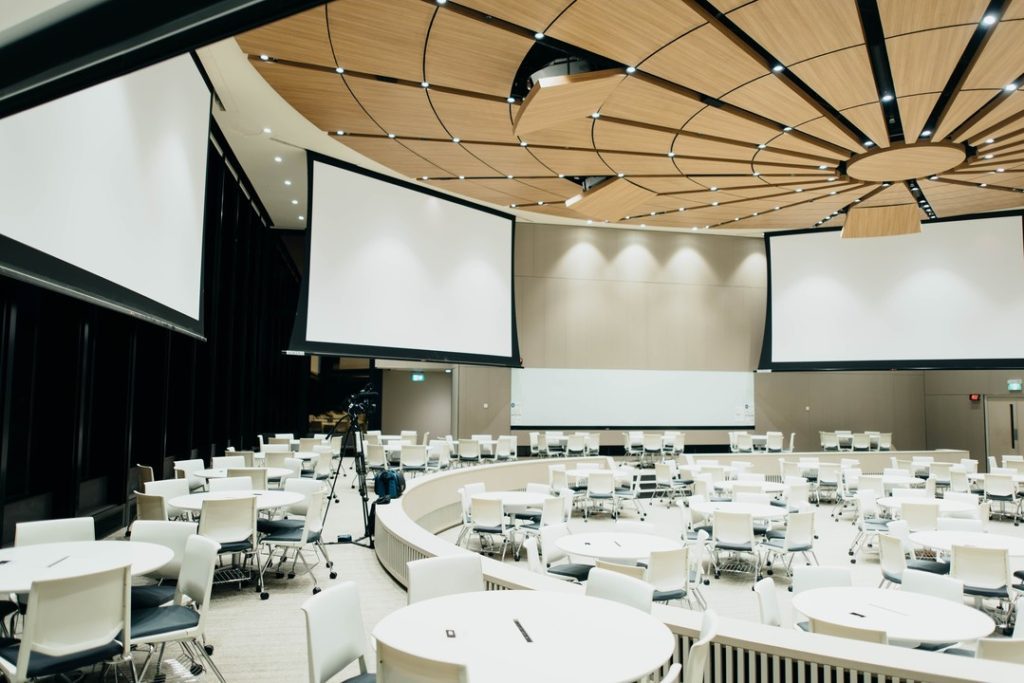Audiovisual (AV) technology isn’t just a background player anymore—it’s at the heart of how we, and many organizations, get things done. Whether you’re in a corporate boardroom, a classroom, or navigating a hybrid workspace, the need for AV systems that just work, without the hassle, has never been more urgent.
So how do we, as audiovisual professionals, create solutions that not only meet this demand but elevate the user experience to new heights? The answer lies in thoughtful AV design and strategic implementation.
Understanding the Importance of Seamless AV Workflows
At its core, AV design is about more than just placing equipment in a room. It’s about ensuring that the systems work together in a way that is intuitive, reliable and adaptable to the user’s needs. Creating a seamless AV workflow means that technology fades into the background, enabling users to focus on their tasks, not on troubleshooting equipment. When done right, these workflows drive collaboration, boost productivity and create more engaging experiences.
Key Elements of Superior AV Design
- User-Centric Approach
A successful AV design starts with the end user in mind. Before a single cable is laid or a piece of hardware is installed, it’s crucial to understand the specific needs and pain points of the users who will be interacting with the system. This could range from ensuring simple connectivity in huddle rooms to creating immersive environments in conference spaces. Each space should be designed with ease of use at its core, offering solutions that simplify the user experience.
- Integrated Solutions
Gone are the days of siloed systems operating independently. Today, superior AV design is about integration—bringing together video, audio, lighting, control systems, and even environmental technologies like HVAC into a unified ecosystem. When these systems talk to each other, the result is a seamless workflow that requires minimal intervention from the user.
Think of touchless AV systems where users can control everything from a single interface, or spaces that automatically adjust based on occupancy or scheduled meetings. Integration not only streamlines operations but reduces the potential for technical disruptions.
- Scalability and Flexibility
One of the biggest challenges in AV design is ensuring that the systems installed today will still be relevant tomorrow. Technology evolves rapidly, and organizations grow, so it’s vital that AV solutions are both scalable and flexible. A robust AV design allows for easy expansion, so whether that means adding new rooms, incorporating remote participants or scaling for larger audiences. Systems should be adaptable, with future-proofing in mind, so upgrades can be made without overhauling the entire infrastructure.
- Reliability and Redundancy
A seamless workflow is only as good as the reliability of the system that powers it. Downtime or technical hiccups can be incredibly disruptive, especially in environments where AV technology is mission-critical. Superior AV design includes building redundancy into the system to prevent failure. Backup power sources, failover systems, and reliable infrastructure ensure that even in the event of a malfunction, the workflow remains uninterrupted. Predictive maintenance, monitoring tools, and self-healing systems can also be integrated to proactively address potential issues before they impact users.
Implementation Strategies for Hassle-Free AV Workflows
Once the design phase is complete, proper implementation is key to ensuring that everything runs smoothly. Even the most well-designed AV system can fall short if not implemented with precision.
- Collaborative Project Management
Implementing AV solutions is often a complex process that involves multiple stakeholders—AV integrators, IT departments, facilities teams, and end users. A solid project management framework ensures that everyone is aligned, timelines are met and communication flows smoothly between teams. Real time feedback can also help identify potential issues early, reducing the risk of delays.
- Standardized Procedures
Standardization plays a huge role in creating hassle-free workflows. Organizations can ensure that every room or space operates consistently by adopting standardized protocols. This reduces the learning curve for users and makes troubleshooting easier when issues arise. Standardization also streamlines training and support, as users across different locations or departments will be interacting with the same systems in the same way.
- Comprehensive Training and Support
Even the most intuitive AV systems require some level of user education. A critical part of ensuring seamless workflows is offering comprehensive training to users and support staff. This can range from hands-on training sessions to digital tutorials and help guides. Ensuring that users are comfortable with the technology is essential to minimizing disruptions and maximizing productivity. Additionally, having a responsive support team ready to address issues in real time can make all the difference.
- Ongoing Monitoring and Optimization
Finally, AV systems should never be set-and-forget solutions. Ongoing monitoring and optimization are crucial to maintaining seamless workflows over time. With analytics and monitoring tools, organizations can track usage patterns, identify potential inefficiencies, and make data-driven decisions to continually improve the system. Regular updates, whether through firmware upgrades or system enhancements, can also help ensure that the AV technology remains cutting-edge.
Designing for the Future
Creating seamless workflows with superior AV design is not just about choosing the right technology—it’s about understanding how people use that technology and building systems that align with their workflows. Focusing on user-centric design, integration, scalability, reliability, and thoughtful implementation allows us to create AV systems that empower users, drive collaboration, and support long-term growth. As audiovisual professionals, it’s our responsibility to push the boundaries of what’s possible and ensure that AV technology remains an enabler, not a barrier, in the modern workplace.



